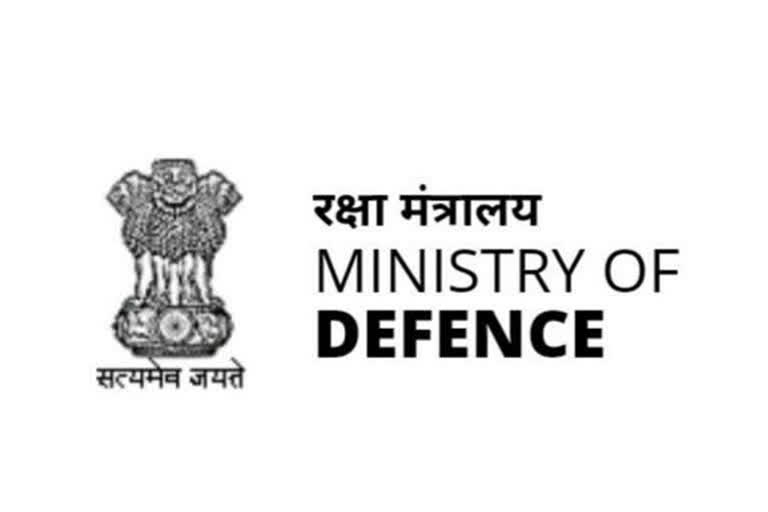Hyderabad: In 2014, the defence export of India was about Rs 2,000 crore. In the last 2 years, India has exported defence equipment worth Rs 17,000 crore. After inaugurating the Defence Expo in Lucknow in February, Prime Minister Narendra Modi said that the country targets to reach Rs 35,000 crore mark in the next 5 years.
Union Minister Rajnath Singh has recently reaffirmed the goal and initiated several provisions to attract foreign direct investment (FDI) in the defence sector.
The Ministry of Defence (MoD) conducted a reach-out virtual conference comprising 200 ambassadors from over 75 countries. India imports 70 per cent of high-tech military hardware from Russia, Japan, Israel and the US.
After he assumed office in 2014, PM Modi announced reforms in the defence sector which would enable the domestic manufacture of spare parts, components and subsystems.
As of 2014, Department of Industrial Policy and Promotion has issued 210 licenses. Over the past 5 years, the number increased to 460. Despite being the 2nd biggest arms importer, Indian ranks 23rd on exporters’ list.
Read: Well prepared to take on adversaries, say IAF pilots deployed in Ladakh
The draft Defense Production and Export Promotion Policy 2020 released by the MoD as a part of Atmanirbhar Bharat package, aims to put an end to this embarrassing situation. Following the pandemic’s havoc, the country needs to enliven the Make in India initiative.
The Center should put special emphasis on manufacturing high-quality defence equipment to attain military self-sufficiency.
With a view of attracting foreign investors, the government has permitted FDI of up to 74 per cent under automatic route in the defence sector.
In March, the MoD unveiled a draft Defense Procurement Procedure in which a new clause allows leasing of equipment such as warships and transport aircraft. In a move to boost self-reliant India, the MoD has prepared an import ban list consisting of 101 items.
This embargo is planned to be gradually implemented between 2020 and 2024. So far, dozens of ordinance factories, government defence organizations and DRDO labs have accounted for very little.
In 1992, a 10-year self-reliance plan formulated under the then Scientific Advisor to the Defense Minister, Dr APJ Abdul Kalam, suggested major points for developing India’s defence production.
But the issues were ignored by successive governments. Better late than never, the Center must implement effective strategies to break new ground in defence manufacture and export.
By improving the ease of doing business and doing away with bureaucratic hiccups, the government can maximize overseas investments. This is the way for India to realize its dream of self-reliance in defence.
Also Read: Summary of Evidence will take the Shopian fake' encounter case to next level: Lt Gen B S Raju



